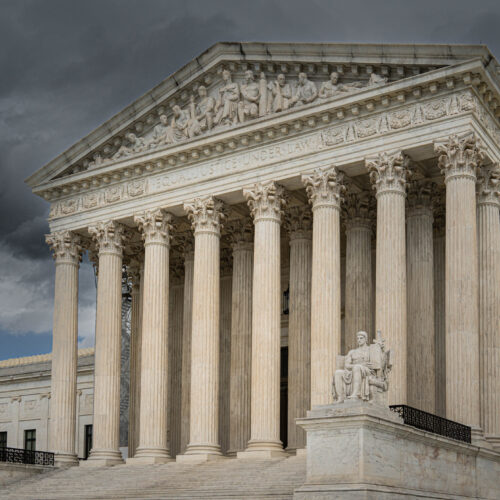Tax, Trusts and Estates Alert: Brief Update on Changes to Estate and Gift Tax Regulations and Retirement Plan Laws
Two important events in the estate planning and retirement plan arena occurred within the last five weeks. First, the Internal Revenue Service issued final regulations confirming that individuals taking advantage of the increased gift and estate tax exclusion amounts in effect from 2018 to 2025 will not be adversely impacted after 2025 if and when the exclusion is scheduled to return to pre-2018 levels, adjusted for inflation. (This is absent further action from Congress.) Second, the President signed into law the SECURE Act (incorporated into a comprehensive appropriations bill) which, among other things, eliminates the so-called “Stretch IRA” and increases the age limit up until contributions can be made to a retirement account.
New IRS Regulations Regarding Estate and Gift Tax Exclusion Amounts
As you may know, the Tax Cuts and Jobs Act of 2017 (the “TCJA”) doubled the Basic Exclusion Amount (the “BEA,” i.e., the amount that can pass free of estate and gift taxes) from $5 million to $10 million, adjusted for inflation starting in 2018. However, the TCJA has a “sunset provision” in which, absent further action from Congress, the BEA will return to $5 million, adjusted for inflation. The inflation-adjusted amount is expected to be closer to $6 million, however that is still significantly less than the $11.4 million BEA available to taxpayers in 2019 or the $11.58 million BEA that will be available to taxpayers in 2020.
The problem this raised was the possibility of a taxpayer making lifetime gifts prior to 2026 shielded from taxation by a higher BEA and then passing away after the BEA resets to the pre-2018 level. The IRS addressed this situation by adopting regulations that allow the taxpayer to take the greater of the BEA applicable to lifetime gifts or the BEA applicable on the date of death. There are various nuances, including the applicability of this regulation only to gifts made after 1976 and the computation of the BEA applicable to lifetime gifts. Planning may be necessary to take full advantage of the increased BEA and the new regulations around its implementation.
SECURE Act Reforms to Retirement Plans
Before the passage of the SECURE Act, the withdrawal period for an inherited IRA could be “stretched out” (thus, the name of the so-called Stretch IRA) over the life expectancy of the beneficiary. However, with the principal exception of a surviving spouse, most other beneficiaries inheriting an IRA after January 1, 2020 will now be required to completely exhaust the IRA through distributions within ten years following the plan holder’s death (other exceptions to this rule are chronically ill or disabled heirs, or a beneficiary within ten years of age of the plan holder). Such distributions do not need to be made annually; in fact, the entire account could be liquidated on the last day of the tenth year. However, failure to timely do so would subject the heir to a hefty 50% tax penalty on the assets remaining in the account.
The drafters of the SECURE Act did acknowledge increased life expectancies with two other changes. First, the age at which retirees must begin taking required minimum distributions is increased from 70 ½ to 72. Second, the age cut-off of 70 ½ for contributions to IRAs is repealed. These changes may impact your estate plan and it may be beneficial to reassess your planning in light of this new statute.
Contact
Stuart M. Gladstone, Esq., Member and Chair, Trusts and Estates Practice
973.403.3109
Susan K. Dromsky-Reed, Esq., Member, Trusts and Estates Practice
973.403.3146
David J. Ritter, Esq., Member and Chair, Tax Practice
973.403.3117
Related Practices: Trusts and Estates, Tax
Related Attorney: Stuart M. Gladstone, Susan K. Dromsky-Reed, David J. Ritter













